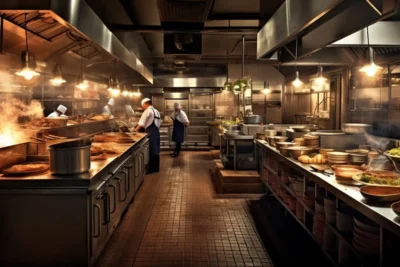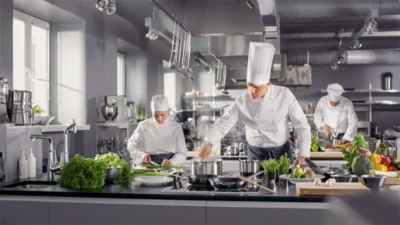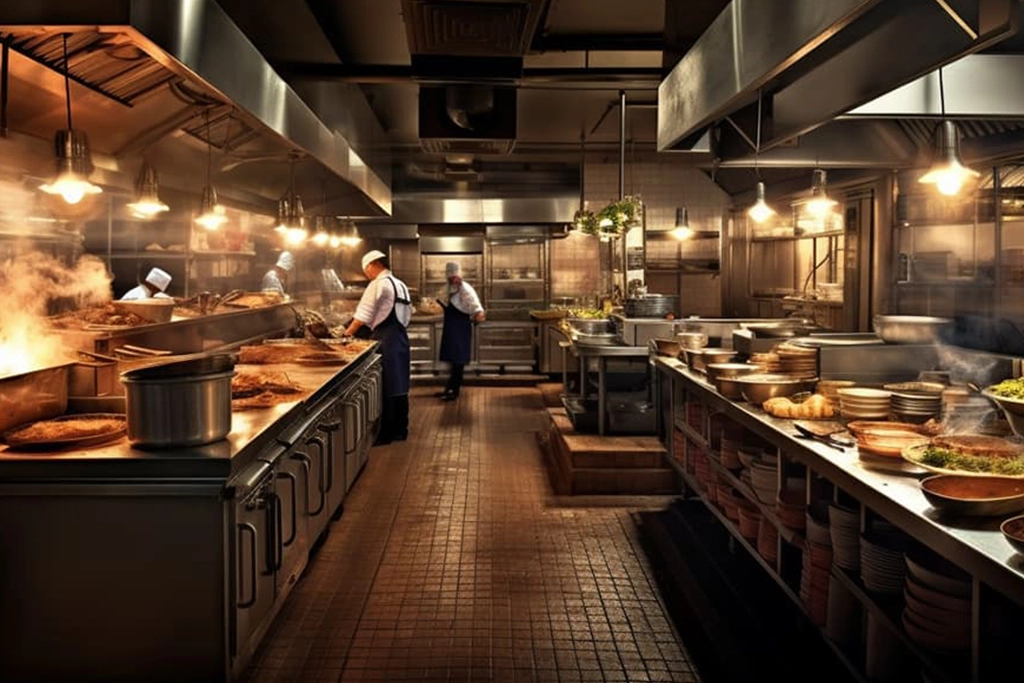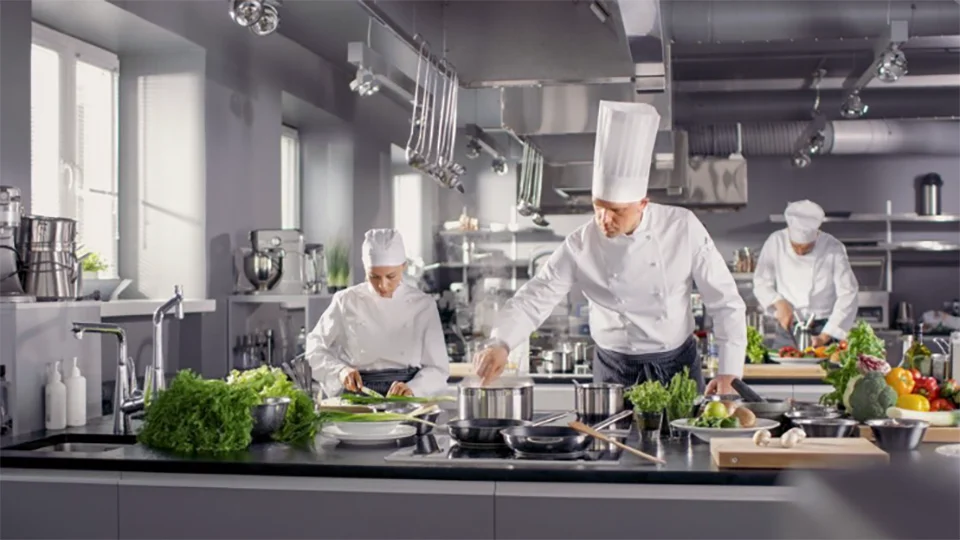Success Factors for Cloud Restaurants in 2024

Success Factors for Cloud Restaurants in 2024
The traditional brick-and-mortar restaurant is facing a new challenger: the cloud kitchen. These delivery focused kitchens, devoid of dine-in areas, are revolutionizing the food industry by offering lower overhead costs and increased operational flexibility. But what exactly are cloud kitchens, and how can they achieve success in this competitive landscape? This article delves into the rise of cloud kitchens, explores their benefits, and outlines the key factors that contribute to their success.
The Rise of Cloud Restaurants and Sub-Addresses “Cloud Kitchens”
The concept of cloud kitchens, also known as virtual kitchens or delivery kitchens, emerged in response to the growing demand for online food delivery. With the rise of food delivery platforms like Uber Eats and Door Dash, consumers are increasingly opting for the convenience of having restaurant-quality food delivered straight to their doorsteps. This shift in consumer behavior created an opportunity for a new type of restaurant model – one that could thrive without the high costs associated with prime real estate and a physical dining space.
Cloud kitchens typically operate out of shared facilities with multiple kitchens. These facilities offer essential amenities like ventilation, refrigeration, and cooking equipment, allowing restaurateurs to focus on menu development, food preparation, and delivery logistics. Additionally, the concept of sub-addresses has become crucial for cloud kitchens. Since they lack a physical storefront, they rely on sub-addresses within the shared facility to receive deliveries and manage orders. This allows them to appear on delivery platforms with a seemingly dedicated location, even though they operate alongside other kitchens.
The Benefits of Cloud Kitchens

Success Factors for Cloud Restaurants in 2024
Cloud kitchens offer several advantages for restaurateurs, particularly those looking to enter the market or expand their existing business. Here are some key benefits:
Lower Costs: By eliminating the need for a dine-in area and prime real estate, cloud kitchens significantly reduce overhead expenses. This allows restaurateurs to invest more in food quality, packaging, and marketing.
◾ Increased Operational Flexibility: Cloud kitchens offer greater flexibility in terms of menu testing and experimentation. The lower upfront investment allows restaurateurs to launch new concepts or test market trends with minimal risk. They can also adjust their menu based on seasonality or capitalize on trending ingredients without the logistical challenges associated with a traditional restaurant.
◾ Scalability: Cloud kitchens can easily adjust their production capacity based on demand. This allows them to scale their business up or down quickly without the challenges associated with managing a physical restaurant space. During peak hours, they can bring on additional staff or outsource certain tasks to meet demand. Conversely, during slower periods, they can reduce overhead costs without significant impact.
◾ Focus on Delivery: Cloud kitchens are designed specifically for delivery, allowing them to optimize their operations for speed and efficiency. Kitchen layouts can be streamlined for takeout and delivery, with an emphasis on minimizing preparation times and ensuring food quality remains consistent during transport.
Read also next to Success Factors for Cloud Restaurants in 2024
Benefits of cloud restaurants in 2024
What is a Cloud Restaurant? All information about him
How to Start a Cloud Restaurant: A Step-by-Step Guide
Success Factors for Cloud Restaurants
While cloud kitchens offer significant benefits, they also face unique challenges. Here are some key factors that contribute to the success of a cloud restaurant:
1 Concept and Menu Optimization: A successful cloud kitchen concept hinges on a well-defined menu that travels well. Dishes should be designed to maintain quality during delivery and be optimized for packaging to prevent spills and maintain visual appeal. This might involve using heat-resistant containers, leak-proof closures, and presentation techniques that translate well to take-out boxes.
2 Strong Online Presence: Since cloud kitchens lack a physical presence, building a strong online presence is critical. This includes high-quality food photography that showcases dishes in an appetizing way, engaging social media profiles that build brand awareness and connect with customers, and positive online reviews on delivery platforms. Cloud kitchens should also ensure their descriptions on delivery platforms are accurate and enticing, highlighting unique selling points and any special dietary considerations their menu caters to.
3 Delivery Partnerships: Partnering with the right delivery platforms is essential for reaching a wider audience and increasing sales. Cloud kitchens need to carefully evaluate different platforms to choose those with the largest reach and customer base that aligns with their target audience. They should also consider the commission fees associated with each platform and factor those into their pricing strategy.
4 Operational Efficiency: Cloud kitchens operate in a fast-paced environment with tight margins. Streamlining operations through efficient kitchen layouts, well-trained staff who can prepare dishes quickly and consistently, and technology solutions for order management and logistics is crucial for profitability. Investing in kitchen display systems that integrate with delivery platforms can help streamline order fulfillment and reduce errors.
5 Data Analytics: Leveraging data analytics from delivery platforms and customer feedback is essential for cloud kitchens to understand customer preferences, optimize their menus, and identify areas for improvement. By analyzing data on popular dishes, order times, and customer reviews, cloud kitchens can refine their offerings, identify areas for cost savings, and make data-driven decisions to improve their overall customer experience.






